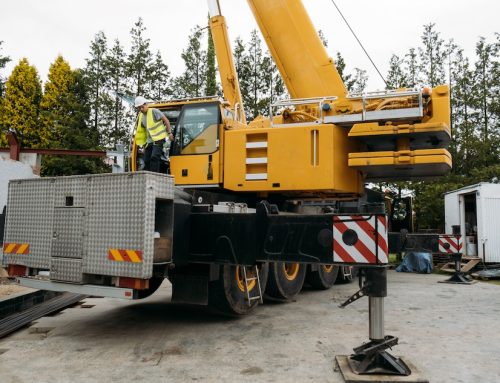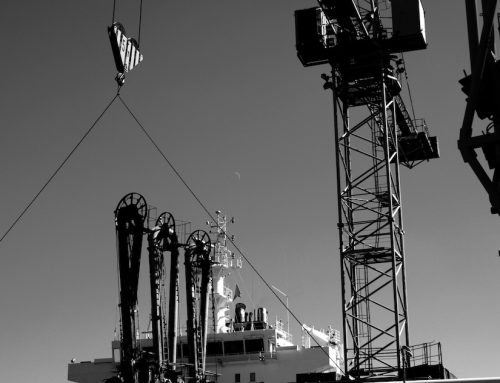What Makes Heavy Equipment Unique and Powerful
When we think of construction, manufacturing, or large-scale infrastructure projects, we often picture towering cranes, powerful bulldozers, and massive machines sculpting the landscape or building industrial frameworks. These machines, known collectively as heavy equipment, form the backbone of modern industry. But what makes heavy equipment unique compared to other types of machinery?
What Makes Heavy Equipment Unique?
In this in-depth exploration, we’ll break down the defining characteristics of heavy equipment, the technology and design choices behind its strength, and how its power shapes entire industries. From heavy construction equipment to mining rigs and everything in between, these machines aren’t just large—they’re built with purpose, engineered for performance, and designed to endure.
Scale: Built for Big Jobs
One of the most obvious traits of heavy equipment is its massive size. But size alone doesn’t explain the full story. These machines are engineered on a different scale entirely, capable of lifting, digging, pushing, and transporting weights that no standard machine could handle.
- Excavators dig deep foundations and trenches.
- Cranes lift steel beams dozens of stories into the air.
- Bulldozers push tons of soil, rock, and debris with ease.
Each machine is built to meet specific requirements—whether that means operating in extreme weather, working on uneven terrain, or handling abrasive materials. The sheer scale of the jobs they perform is what sets them apart from typical commercial or consumer-grade machines.
Specialized Design for Unique Tasks
Every piece of heavy equipment is tailored to perform a specific function. This specialization is a key reason what makes heavy equipment unique. Instead of being general-purpose tools, each machine is built to accomplish very specific tasks with precision and power. Some examples include:
- Graders that precisely level surfaces to prepare for road construction
- Pile drivers that hammer foundations into the ground for bridges and skyscrapers
- Trenchers that cut through the earth to install pipelines or cables
- Scrapers that scoop and transport soil over long distances
These machines incorporate advanced hydraulics, reinforced materials, and high-capacity engines to perform jobs that require extreme force and pinpoint control. Their task-driven designs make them irreplaceable in their respective fields.
Power-to-Weight Ratio and Engine Performance
One of the most remarkable characteristics of heavy construction equipment is its exceptional power-to-weight ratio. These machines may weigh dozens of tons, yet they are engineered to move with precision and strength thanks to advanced diesel engines, hydraulic systems, and drivetrains. The design isn’t just about raw force—it’s about delivering controlled, purposeful power exactly where it’s needed.
Take a modern bulldozer, for example. Despite tipping the scales at up to 100,000 pounds, it can push through rugged terrain with steady momentum. Similarly, a hydraulic excavator is capable of lifting several tons of material at full arm extension while maintaining balance and responsiveness.
What makes this performance so impressive is not just the ability to handle heavy loads, but to do so reliably and smoothly under continuous stress. These machines aren’t just built to endure—they’re built to excel. Their power output is finely calibrated for demanding construction environments, ensuring that strength is always applied with precision.
Durability Under Harsh Conditions
Heavy equipment doesn’t get to operate in ideal environments. Whether it’s scorching heat, below-zero temperatures, salty air near the coast, or abrasive materials like gravel and concrete dust, these machines are expected to function reliably. What makes heavy equipment unique in this respect is how it’s built to withstand:
- High impacts and heavy vibration
- Constant exposure to dirt, chemicals, or moisture
- Extended hours of use without significant downtime
With reinforced frames, sealed compartments, and specially treated surfaces, heavy equipment is made to last—even when working 12-hour shifts on unforgiving job sites.

Advanced Control and Automation
Today’s heavy machinery isn't just powerful—it’s smart. Modern machines come equipped with GPS, sensors, digital readouts, and even semi-autonomous control systems. This makes them easier to operate, more precise, and safer for jobsite teams.
- Excavators now offer grade control systems that prevent over-digging.
- Dozers can be programmed for automated passes using GPS mapping.
- Cranes include load sensors to warn operators of tipping risk.
These innovations reduce human error, improve efficiency, and help companies complete projects faster and with fewer resources. It’s a prime example of how the industry is evolving beyond brute force toward intelligent operation.
Modular Engineering and Versatility
While many heavy machines are built for specific tasks, the demands of modern job sites increasingly call for equipment that can do more. That’s why flexibility—especially in smaller and mid-sized machines—has become such a critical feature. Many of today’s machines are designed with modularity in mind, allowing them to take on multiple roles simply by swapping out attachments.
Consider the skid steer loader, a compact powerhouse commonly seen in construction and landscaping. With the right attachment, this single machine can transform into a trencher, an auger, a grapple, a forklift, or even a snow blower. Its versatility makes it indispensable in settings where agility and multi-functionality are key.
This same principle applies to wheel loaders and backhoes, which can be equipped with a range of tools to tackle different jobs. That level of customization proves especially useful in urban areas with limited space, on remote job sites where transporting an entire fleet isn’t practical, and for smaller companies that need to maximize every piece of equipment they own.
Ultimately, the ability to adapt and take on multiple tasks is part of what sets heavy equipment apart. It’s not just about raw power—it’s about smart, efficient versatility.
Role in Global Infrastructure and Industry
Heavy equipment has a direct influence on how we build, grow, and sustain modern life. From highways and tunnels to bridges and buildings, these machines shape the world around us. Heavy construction equipment is used to:
- Clear land for housing developments
- Build the roads that connect cities and towns
- Install water, sewer, and electrical infrastructure
- Construct airports, railways, and ports
- Support mining, forestry, and agricultural operations
Its role doesn’t stop at construction. In post-disaster recovery, heavy equipment helps communities rebuild. In developing nations, it drives economic development by enabling faster, safer, and more efficient construction.
Without heavy equipment, most of the infrastructure we rely on daily would be impossible to build at scale.
Operator Skill and Integrated Safety
Operating heavy machinery isn’t a simple task—it’s a skilled trade that demands training, certification, and a deep familiarity with both the machine and its environment. A qualified operator must be able to read and interpret control systems, judge load balance and spatial limitations, adapt to shifting site conditions, and follow rigorous safety protocols every step of the way. These abilities aren’t optional—they’re essential for maintaining a safe and productive job site.
To support these professionals, modern heavy equipment comes equipped with a range of built-in safety features. Roll-over protection systems (ROPS) and falling object protection systems (FOPS) provide structural safety in the event of an accident. Technology like blind spot sensors, backup cameras, and proximity alerts give operators better visibility and awareness, reducing the risk of collisions. Meanwhile, ergonomic, climate-controlled cabs help operators stay comfortable and focused during long hours, and emergency shutoff and lockout systems add an extra layer of protection during unexpected events.
These integrated safety measures aren’t just for the operator—they’re for everyone on the site. Safety is designed into every component, ensuring heavy equipment supports both high performance and human well-being.
Environmental Efficiency and Emission Controls
Traditionally, heavy machinery was associated with high fuel consumption and significant emissions. But that’s changing fast. Manufacturers now place a strong emphasis on reducing the environmental footprint of heavy construction equipment. Here’s how the industry is evolving:
- Tier 4 diesel engines reduce nitrogen oxide and particulate emissions
- Hybrid models use electric motors for lower fuel use and noise
- Hydraulic efficiency systems minimize waste during operation
- Recyclable materials in frames, cab interiors, and fuel systems
- Idle control systems that shut off engines automatically when not in use
These improvements are driven by both regulatory pressure and customer demand. Companies want cleaner, more efficient machines that help them meet environmental goals without sacrificing power.
The Economic Impact of Heavy Equipment
The global market for heavy equipment is massive—estimated at hundreds of billions of dollars. But its impact goes far beyond the manufacturing floor or construction site. These machines help generate economic growth by enabling faster project delivery, safer job sites, and lower labor costs through mechanization. For example:
- A crew with modern excavators can finish a job in half the time compared to manual labor.
- Cranes reduce the need for scaffolding and manual lifting, speeding up vertical construction.
- Pavers and rollers allow roads to be built faster and with greater consistency.
These efficiencies translate directly into cost savings, faster economic development, and the ability to take on larger and more complex projects.
Purpose-Driven Engineering: Powering Heavy Equipment
When asking what makes heavy equipment unique, the answer goes far beyond size or strength. These machines are powerful because they’re designed with purpose—from the ground up. Every feature, attachment, and upgrade serves a reason: to make hard work safer, faster, and more efficient.
At GM Machinery Movers, we understand how valuable your heavy equipment is—and how important it is to treat it with care. Whether you’re relocating a single machine or supporting a massive infrastructure project, our team brings the knowledge and tools to ensure everything runs smoothly.
We’ve worked with heavy construction equipment across industries and across states. Our mission is to keep your machines moving—and to keep your projects on time and on budget.
Contact GM Machinery Movers today to learn how we can help you handle your equipment with the expertise it deserves.




